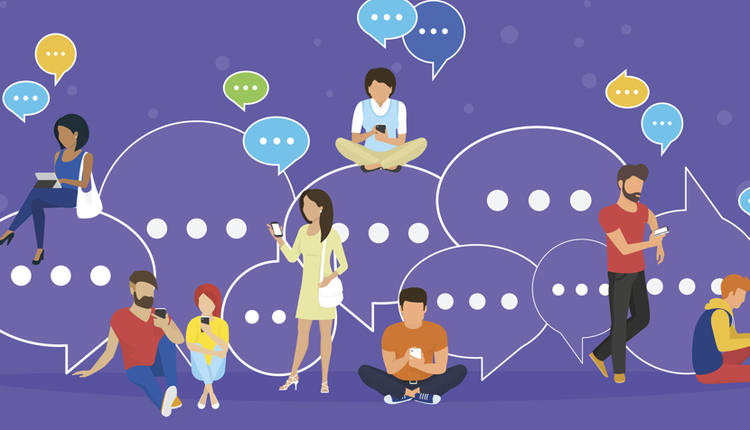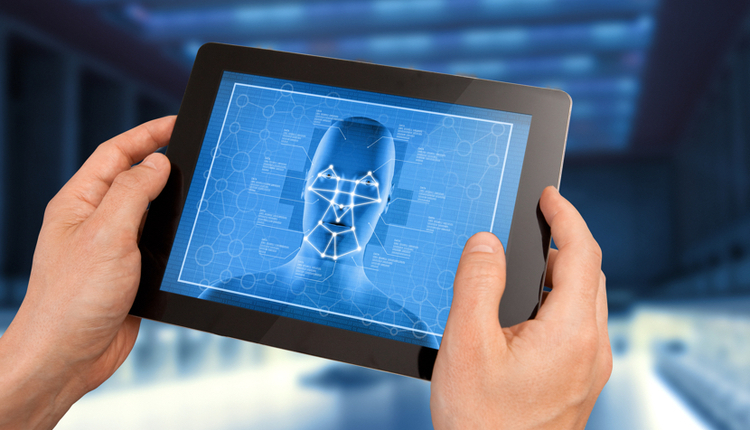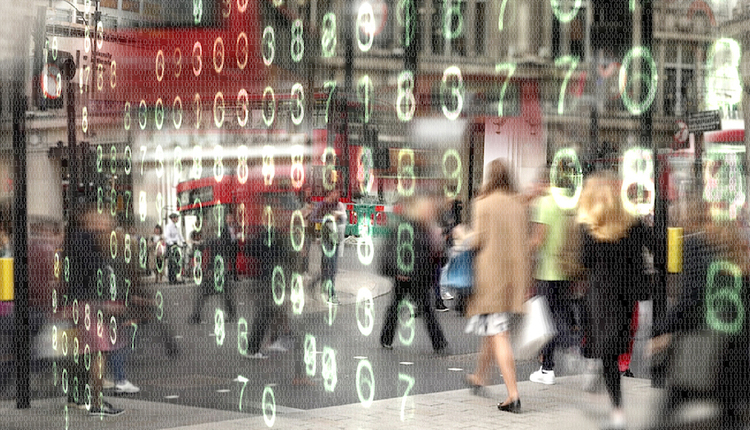
Image by: jgroup, ©2017 Getty Images
Oops, you just got back from vacation, and the Postal Service forgot to hold your mail, now what? Was your security compromised? This happened to a friend of mine, and she was quite upset—what with all the buzz about identity theft.
There have been “at least 169 hacks from outside entities against corporations and other organizations, according to the Privacy Rights Clearinghouse. That is more than the 125 tabulated for all of last year.” Since then, we have all heard about the Russian government hacking the Democratic National Committee (DNC) and Colin Powell, among others. Not to mention the most recent revelation: Yahoo wasn’t hacked for 500 million names; it was really one billion. Ouch!
"Once hackers have penetrated a system, they have access to thousands or millions of records and emails."
On a more local level, physical mail puts people at risk every day. The United States Postal Service (USPS) remains one of the most trusted organizations, and mail is legally protected. However, that does not mean mail is totally safe, as it sits in mailboxes for hours until we get home from work.
Mail contains all the information an identity thief needs, and in the case of my friend, the mail was sitting in her mailbox not for hours but for days. Fortunately (or hopefully), no one went through her mail. The USPS has a convenient website for people to have their mail held. The USPS sends a confirmation email reminder before the start date and an email when the mail delivery resumes. Since all mail is sorted mechanically down to the delivery route sequence, I cannot understand why the mail hold system failed for my friend.
Which Is More Secure: Paper or E-Delivery?
While it may be more convenient to receive paper mail versus e-delivery, you have to ask yourself: "Which is really more secure—paper or e-delivery?"E-delivery, done right, is protected by encryption and multiple levels of authentication. Yes, it is a nuisance to remember all of the usernames and passwords, and yes, it is inconvenient to have to log on to five to 10 websites every month to get your bills and statements, but it looks like that is a small price to pay to keep your identity safe.
A Better Approach to E-Billing
A better idea is to get your mail delivered electronically through PUSH e-delivery and mobile wallets, which let you "have your cake and eat it too." Both approaches to e-delivery and e-billing offer simplified delivery, because they do not require you to remember usernames/passwords or force you to log on to multiple sites every month, overcoming two of the biggest objections to e-delivery.Let’s face it: The US Postal Service is fighting a losing battle. Hardcopy mail volume will continue to decline as more people switch to e-delivery. Nevertheless, at this point, the pace of the conversion is partly governed by how well the USPS does, not just in delivering mail on a timely basis and holding rates down but also on all of the things that go along with their service of delivering letters and flats.
The USPS is trying hard to be relevant. Their new Informed Delivery test is very interesting, where they send a daily email to the homeowner showing in advance what letters will be arriving in that day’s mail, but the failure of a most basic feature, like holding mail, can put all of their good work in jeopardy.
Richard Rosen is the Chief Executive Officer of The RH Rosen Group. The RH Rosen Group works with clients to reduce costs and improve cash flow through paper reduction and process improvements. Contact him at RichR@RHRosenGroup.com.





















